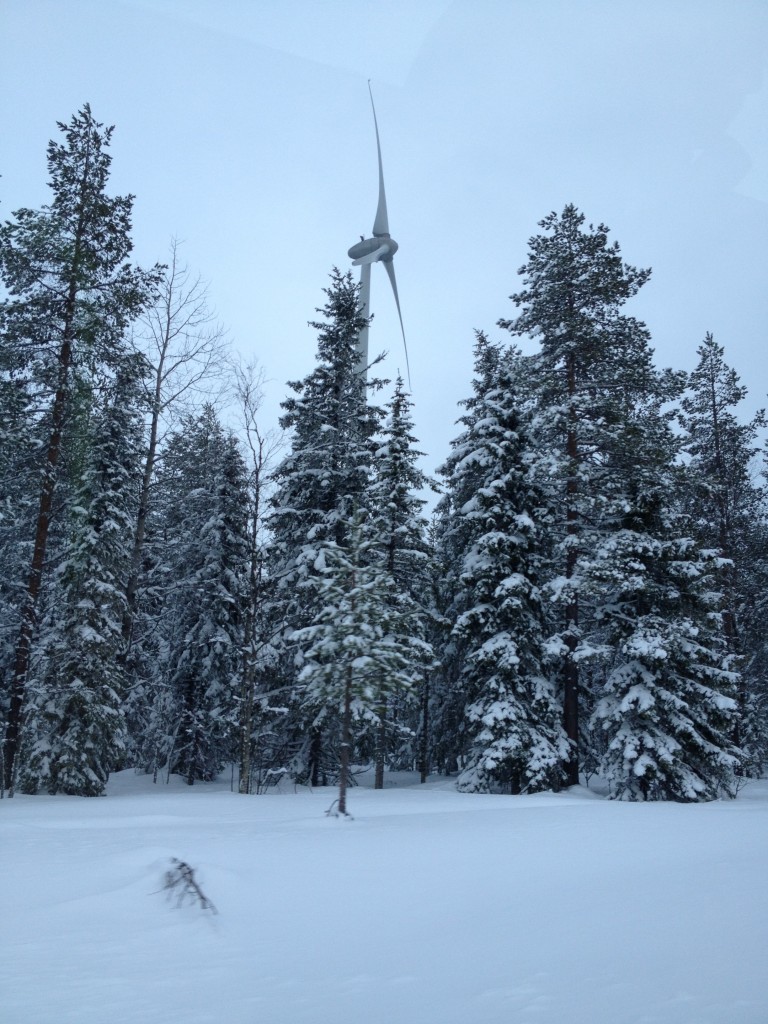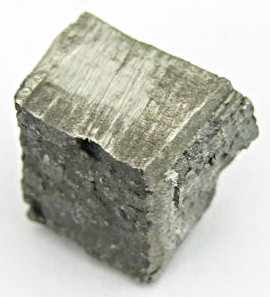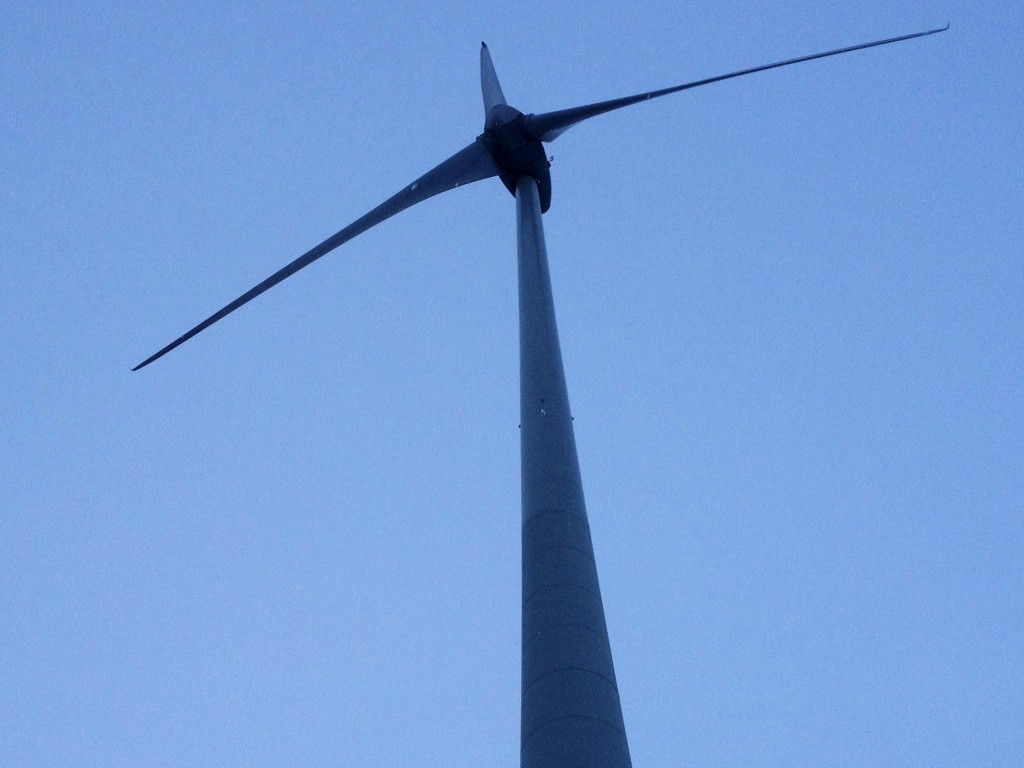United States and China team up against climate change
Two of the main contributers to global greenhouse gas emissions are working on a collaboration to finally take on the world’s biggest challenge. “Both sides recognize that, given the latest scientific understanding of accelerating climate change and the urgent need to intensify global efforts to reduce greenhouse gas emissions, forceful, nationally appropriate action by the United States and China – including large-scale cooperative action – is more critical than ever”, a statement, both countries released lately, reads.
US Secretary of State John Kerry visited Beijing during his tour through the region. The paper could be seen as a step forward, as both states, the world’s two biggest economies, are business rivals. China describes itself as a developing country, which emits far less carbon per capita and therefore should not have to bear the same burden as advanced economies in tackling the problem.
“By agreeing to raise the issue of climate change and energy policy to the ministerial level … we put on an accelerated basis at a higher level our joint efforts with respect to energy and climate”, US Secretary of State Kerry said. “And I think that globally that will be a very significant step and significant message.”
According to Chinese State Councillor Yang Jiechi , the nation’s top foreign policy official, the two sides would “strengthen practical cooperation” in areas including the economy, energy and environmental protection.
“Such action is crucial”, the statement adds, “both to contain climate change and to set the kind of powerful example that can inspire the world.”
A legendary soccer player teaches how to change the world
Soccer can be a very successfull tool when it comes to urgent things that have to be done, climate change for example. In Namibia, the Soccer-initiative “Global United FC” fits the role of a kickstarter very well. The players visit schools to get in touch with pupils and to spread the word about how the climate can be protected. Former professional soccer stars from all over the world take part. In Nambia all eyes are especially on Lolo Goraseb, who is a local soccer legend and today the president of the Namibia Football Players Union. Our reporter Thomas Mandlmeier had the chance to interview him during a “Global United FC” event.
Lolo Goraseb played longtime for the “Brave Warriors,” Namibias National team where he debuted at the age of 19 and went on to become the third most capped Namibian of all times. He started his career at the age of 17 for “Black Africa,” a Namibian football team from Katutura (Windhoek) that takes part in the Namibia Premier League.
Lolo Goraseb, Namibian Soccer Legend from DW_Global Ideas on Vimeo.
Exploring the North – Not in my backyard
Let’s start with a quick survey: Are you in favor of fewer carbon emissions? Would you opt for renewable energy? Do you support the expansion of renewables? I guess we all agree on this, right? But what would you say to having a wind turbine placed right next to the flowers and trees in your garden? Would you be okay with the presence of a high voltage power line right over your roof? That’s where agreement normally ends. More renewables, yes – but not in my backyard.
That’s a major problem many countries promoting energy transition have to confront at some point. And that’s the case in Sweden as well. Swedes simply love their nature. Many parts of the sparsely-populated country are natural reserves and authorities usually rank their preservation higher than economic profit. This attitude is so pervasive that nobody even thinks of questioning it. The country – which meets 50 percent of its energy needs from nuclear power and the other half from hydro power – has great potential to increase its water power capacity. It’s even exporting the energy.
But at the same time, even energy companies like Vattenfall, already operating several water power plants, don’t attempt to build new ones as they know there is likely to be resistance to new plants that “would simply spoil the landscape.”
However, Europe’s largest on-site wind park is to be built in Sweden. By 2024, Swedish company Svewind plans to build 1,100 wind turbines which together are meant to meet 13 percent of Sweden’s energy demand. So far, 12 turbines are up and running. The ridge 60 kilometers away from Piteå has “the best wind conditions you could possibly have”, says Kenneth Bergquist who is responsible for setting up Svewind’s turbines. A large overhead power line is also located close by so that the energy produced can be further distributed. 24 additional turbines are planned on the site, permission has been granted for 340 in total. But the company has already run into trouble with its first few turbines though they are located in an area, where “very few people live”, says Bergquist.
But the ridge with its clump of turbines is located on the route that reindeer herds normally take. “We don’t know how the reindeers react”, says reindeer herder Patrick Lundgren. It might be that they hide in the forest and don’t dare to pass by or deviate from the usual routes, he says. “It took four to five years for the government and the company to understand our problem. But now we have found a solution. We don’t have to first prove that there is a problem anymore. We talk to each other and have to agree.” The reindeers now have a safe harbor apart from the ridge and the company has pledged financial support for additional food if needed. “May be in 10 years the animals get used to the turbines,” Lundgren says.
What do you think? Should people just get used to turbines and powerlines in their immediate surroundings and accept it as necessary if they want renewable energy? Would you leave your home and move to another place?
Exploring the North – rare earths crucial for renewable energy
Below the Scandinavian snow cover, there are even more resources (apart from ice) that make the North special. Mining is a big deal in this region, especially in Sweden. From copper, iron ore to gold, the country is rich in minerals and metals – in fact, it is the largest mining region in Europe. So it’s not that surprising to find some real precious treasures in the Swedish ground – rare earths. They are not only important for smartphone chips and laptop processors, but also play a crucial role in renewable energy technology and thus in energy transition, helping the world to emit less CO2.
These non-renewable resources for renewable energy technology have strange names – dysprosium can be found in magnets that are used to run generators in wind power stations. Ytterbium is used for tubes in reactor technology, neodymium is important for the engines of electro- and hybrid-cars. Terbium can in turn be found in semiconductors important for building solar cells.
They are all found in Norra Karr and Olserum, two (potential) mining sites in Sweden. They are owned by the Canadian mining company Tasmet, which has applied for permission to mine in Norra Karr and is exploring the site in Olserum. Both are the only (so far known) sites in the European Union, where rare earths can be found. So far, the largest producer is China – producing 97 percent of the world’s rare earths in 2009. These metals are used all around the world and demand is projected to rise from 130,000 tons per year in 2012 to 186,000 tons in 2015. One already senses where problems might arise.
At the end of 2010, China restricted export of rare earths for the first time, putting the EU’s energy strategy at risk. What’s more, car manufacturers such as General Motors or Toyota searched for (and claimed to nearly have found) alternatives to become more independant. But so far, there don’t not seem to be alternatives that are feasible on a large scale. Which is why, even small deposits are still lucrative to mine and researchers are keen on finding new ways of mining.
Now you might think this isn’t my problem but rather that of big manufacturers. Well, you are almost right. We all have small earth desposits in old computers, TV monitors and outdated mobile telephones stored in our cellars and attics. Aware of possible shortages of the metals, the electronics industry is aiming to develop feasible recycling methods for rare earths that are still not in place.
So, if some day we do have these proper recycling methods in place, keep your attic-treasures in mind…they just might contribute to something big:
Hit the buttons to beat the “Mermaid Death Squad”
What sounds like a name for a pretty cool comic metal band is a new online game created by Greenpeace. It’s meant to create awareness about unsustainable tuna fishing. It sets you up against some real nasty-looking, dangerous creatures who want to put you in a tuna can. Greenpeace gives you the chance to battle some well known canned tuna brands – Chicken of the Sea, Bumble Bee and Mermaid – or at least iterations of their mascots. And make sure you don’t get caught.
The idea behind this pacman-like arcade game is obvious. The industrial tuna fishing industry’s big ships catch a lot more than just tuna. Sharks, manta rays, turtles and several marine creatures are caught up and killed every day in the fishing nets. The canned tuna brands mentioned above are the bad guys who use Fish Aggregating Devices (FADs) and longlines to kill an estimated 100,000 tons of bycatch, the games explains.
So it’s up to you to help. Choose to be a shark, manta ray or turtle racing down the aisles of a stylized supermarket to free the tuna from the cans before the bad guys catch you. If you lose, it’s literally game over for the ocean.













Feedback